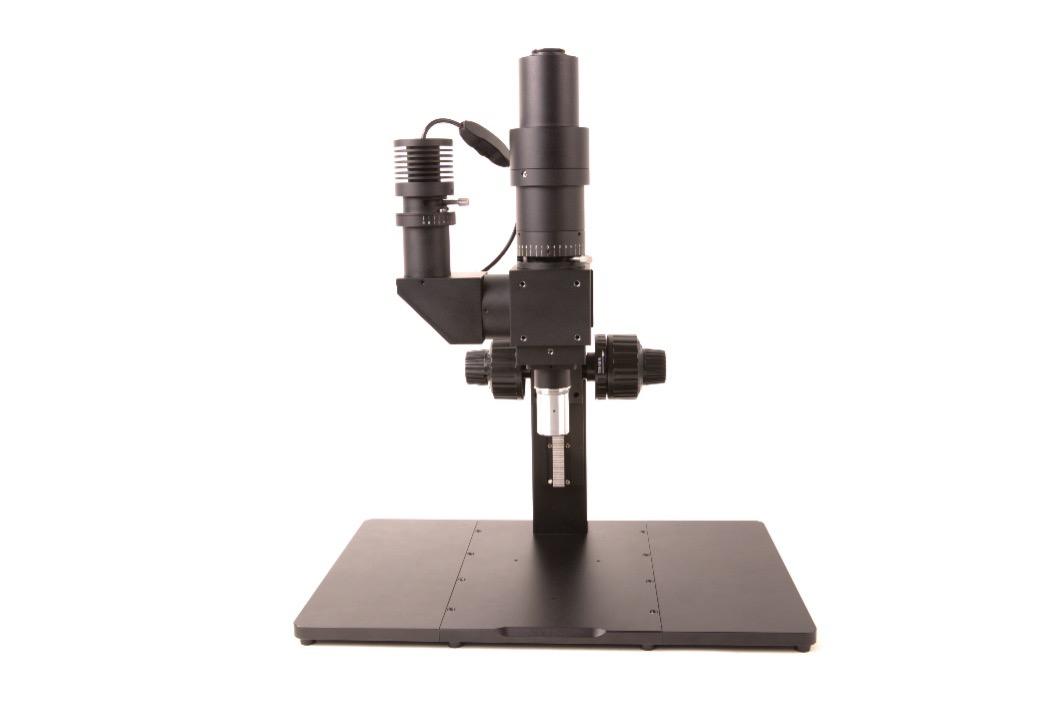
Polarizing light microscope is a microscope used to study so-called transparent and opaque anisotropic materials. Any substance with birefringence can be clearly distinguished under a polarizing microscope. Of course, these substances can also be observed by staining, but some cannot and must use a polarizing microscope. Reflection polarizing microscope is an essential instrument for studying and identifying birefringent substances using the polarization characteristics of light.
- Standard working distance series / long working distance series objectives (optional);
- Imaging light path: 1X ( Tube lens focal length 180 mm ) , different magnifications can be customized;
- Imaging light path image surface size: 25mm ;
- Imaging light path spectral range: visible light;
- Camera interface: C/M42/M52, etc. optional;
- Lighting method: Critical lighting / Kohler lighting optional;
- Lighting source: 10W white / blue LED lighting optional;
working distance objective lens parameters ( 45mm parfocal length )
|
Order code |
Magnification |
NA |
WD/mm |
Focal length(mm) |
Resolution(um) |
OFOV(mm) |
IFOV(mm) |
Thread |
|
POL2.5XA |
2.5X |
0.075 |
6.2 |
80 |
4.46 |
10 |
25 |
M26*0.705 |
|
POLL5XA |
5X |
0.15 |
23.5 |
40 |
2.2 |
5 |
25 |
M26*0.705 |
|
POLL10XA |
10X |
0.30 |
22.8 |
20 |
1.1 |
2.5 |
25 |
M26*0.705 |
|
POL20XA |
20X |
0.40 |
19.2 |
10 |
0.8 |
1.1 |
25 |
M26*0.705 |
|
POLL50XA |
50X |
0.55 |
11.0 |
4 |
0.6 |
0.44 |
25 |
M26*0.705 |
working distance objective lens parameters ( 60mm parfocal length )
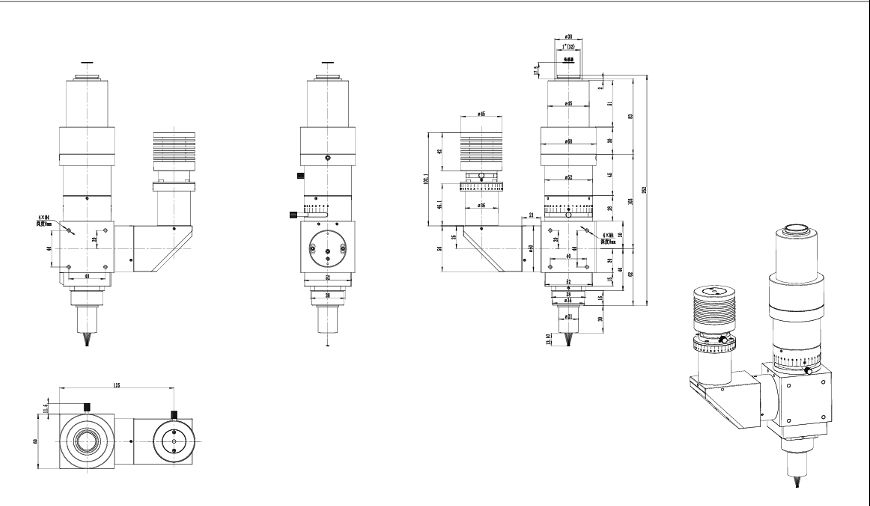
Dimensional diagram of PLM100 series polarized light microscope system
Geology, petrology, minerals, crystal structure characterization, asbestos analysis and coal analysis
Ore is a natural rock containing valuable minerals. Ore is usually collected through mining and then further processed in order to extract the required minerals. Metallic ores are usually oxides, sulfides or silicates. Polarized light microscopy can be used to characterize the crystal structure and composition of ores.
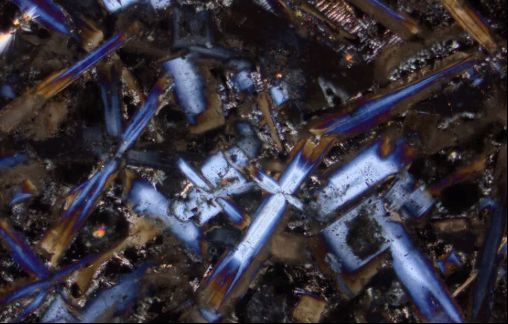
Figure 2 PLM100 series polarizing microscope system photographing ore
Glass (stress birefringence or inclusions), plastics and polymers (stress birefringence), textiles and fiber inspection
Figure 3 shows the plastic shells taken by the bright-field metallographic microscope system and the PLM100 series polarizing microscope system. Due to the mechanical force of the plastic edge, the elastic effect of light will cause stress birefringence. Ordinary bright-field metallographic microscopy This phenomenon cannot be observed by the system, but the stress distribution can be sensed and analyzed by a polarized light microscopy system.
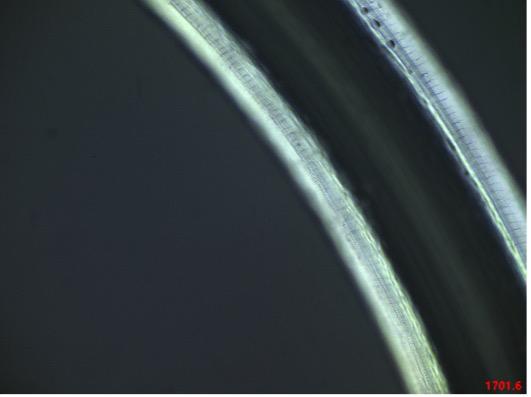
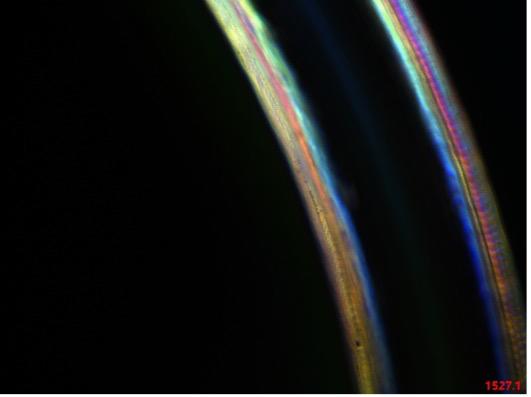









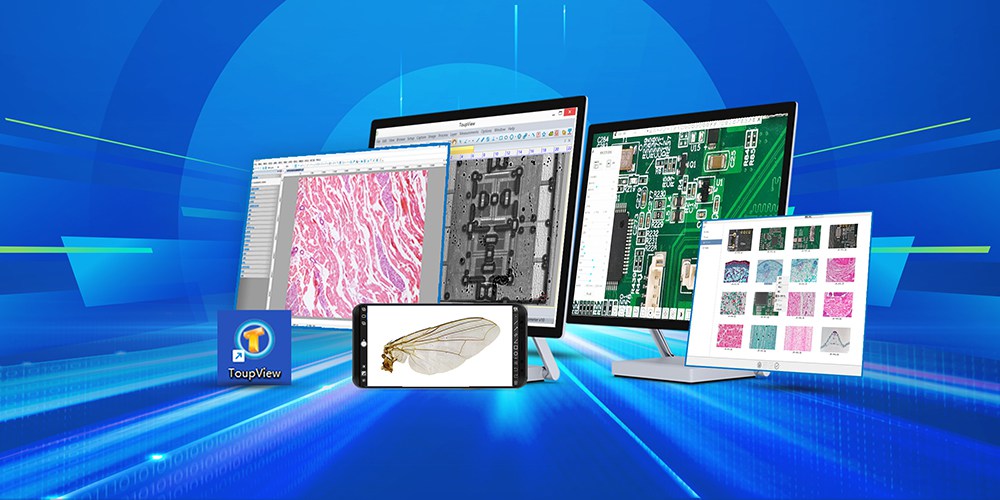


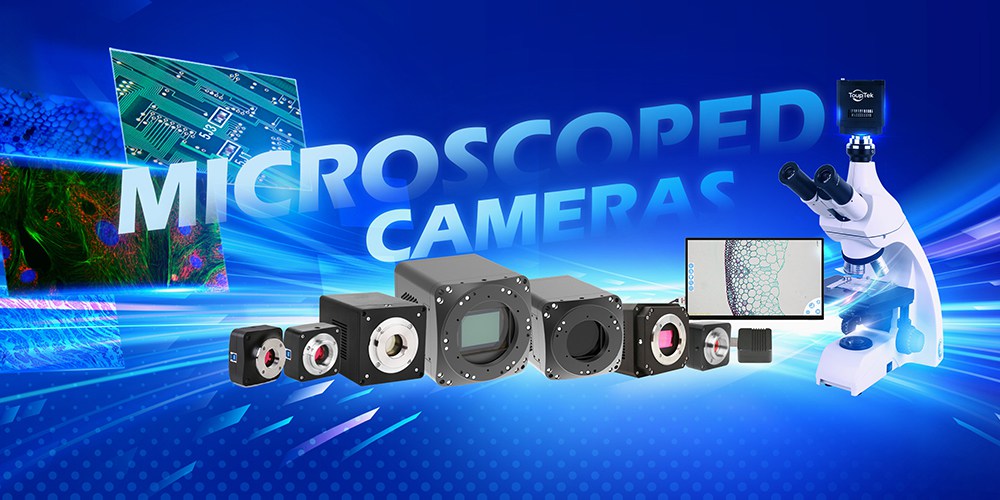
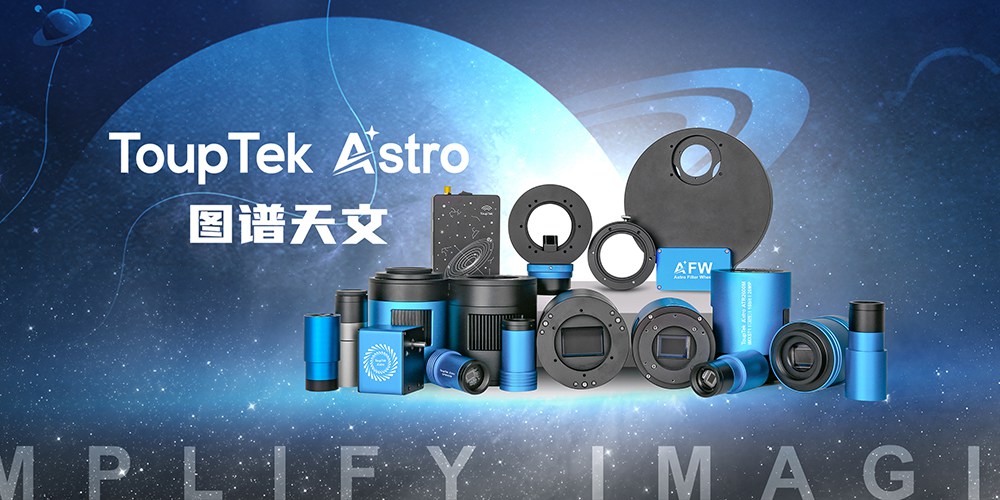

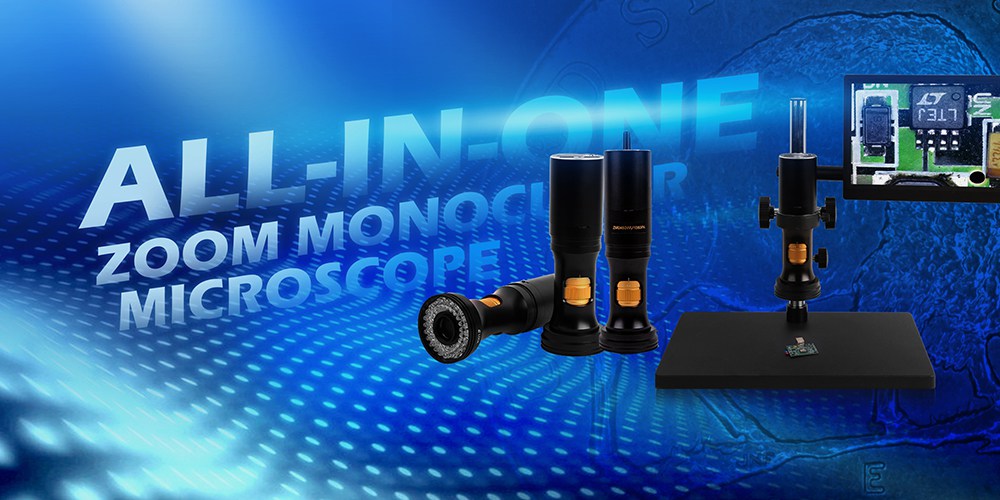
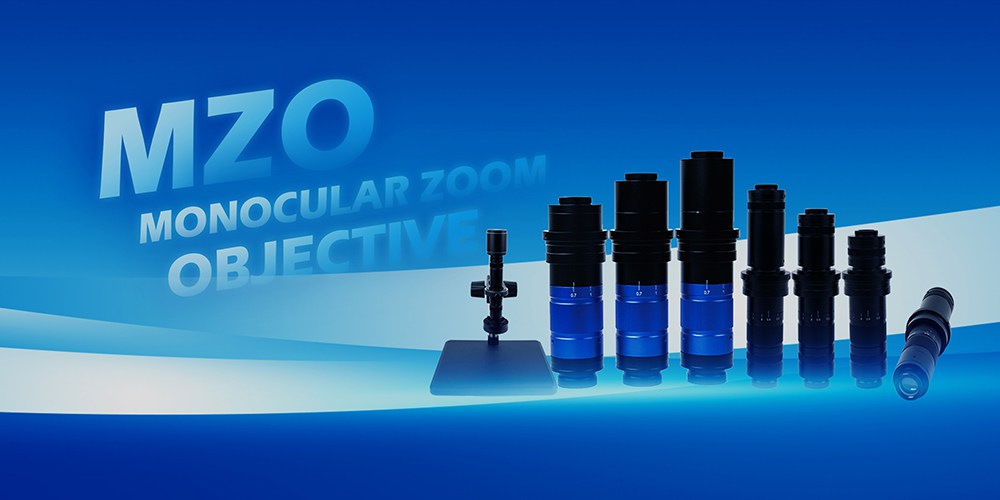

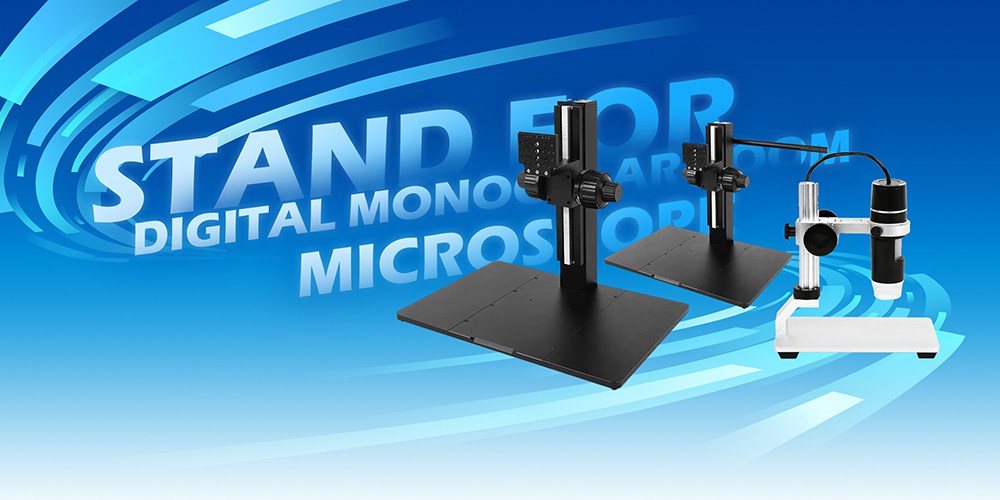

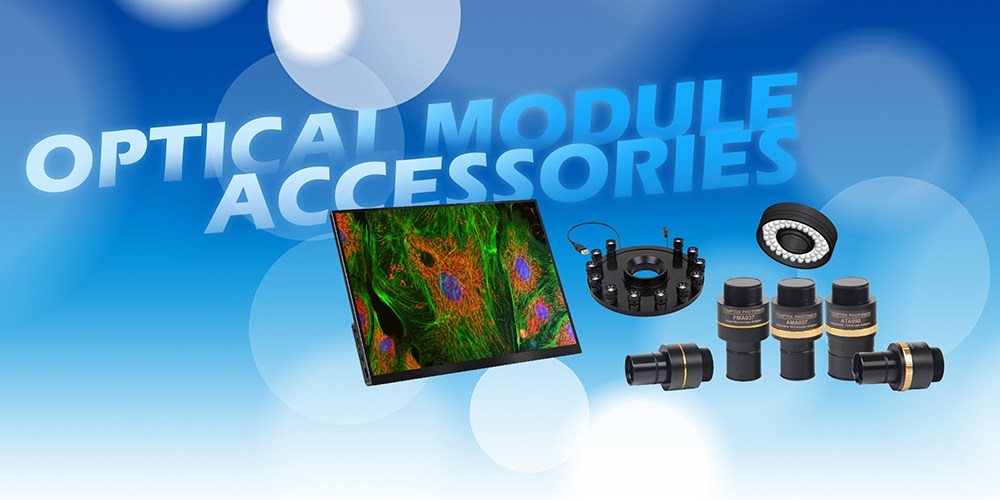
Order code
Magnification
NA
WD/mm
Focal length(mm)
Resolution(um)
OFOV(mm)
IFOV(mm)
Thread
POL5XA
5X
0.15
20
36
2.23
5
25
M20*0.705
POL10XA
10X
0.30
15
18
1.1
2.5
25
M20*0.705
POL20XA
20X
0.40
10
9
0.75
1.25
25
M20*0.705
POL50XA
50X
0.80
2.5
3.6
0.41
0.5
25
M20*0.705